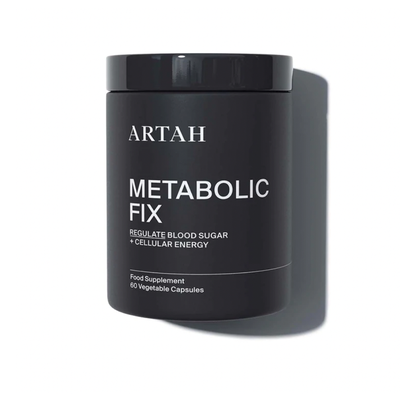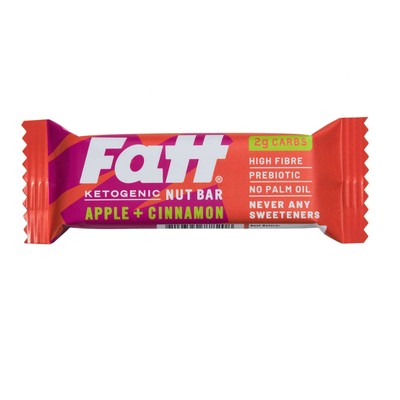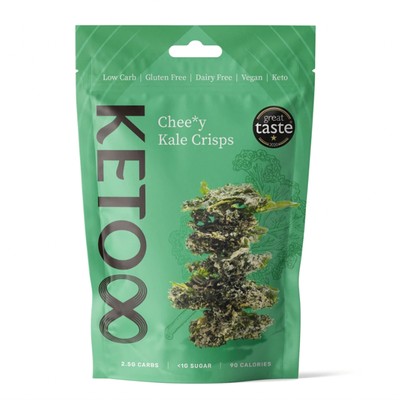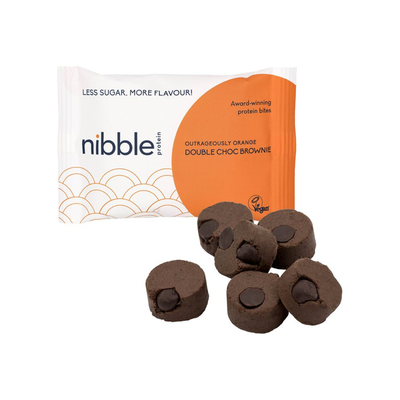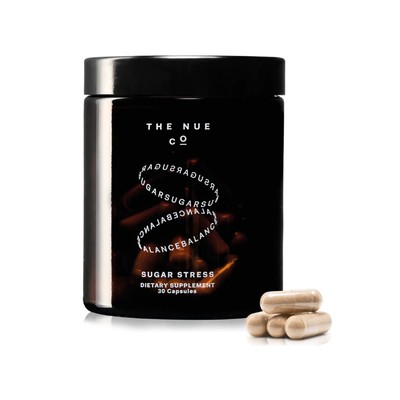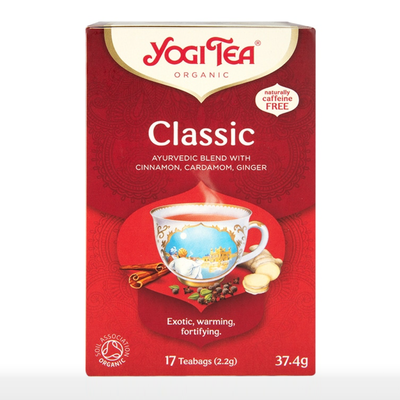9 Ways To Outsmart Your Cravings
All products on this page have been selected by our editorial team, however we may make commission on some products.
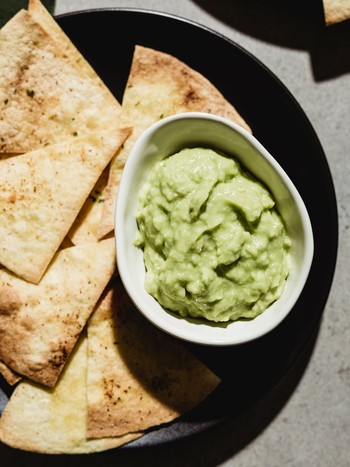
STOCKSY/TATJANA ZLATKOVIC
Make Smart Breakfast Choices
Countless experts agree a healthy breakfast can set the tone for the nutritional choices you make for the rest of the day. As nutritionist Kim Pearson tells us, blood sugar imbalances are one of the primary causes of food cravings, so ensuring you’re fuelling your body properly from the get-go will give you the best chance. “When we eat fast-release carbs – think white bread and toast, cereal and pastries – this creates fluctuations in our blood sugar levels. These carbs break down quickly into simple sugars, causing a spike in blood sugar which is followed by a sharp drop. It’s when this drop occurs that we experience cravings for sweet or starchy foods.” If you’re guilty of eating a less-than-perfect breakfast (or skip it entirely), Kim recommends basing your breakfast around protein, healthy fats and fibre-rich vegetables. Any form of eggs, or a smoothie with protein powder, are great options.
Lunch Matters
What you eat for lunch will set you up for the rest of the afternoon, both in terms of brain power and energy levels. Load up on fibre and protein and add a slice or two of avocado to keep you fuller for longer, as fats slow digestion. A meal that lacks protein and fibre (think a green juice and a vegetable sushi roll with white rice) digests quickly, leaving your body looking for an afternoon pick-me-up. “The best way to avoid a 4pm craving is to ensure you eat a substantial lunch based around a source of protein (think eggs, fish, organic meat, tofu or tempeh), a moderate serving of healthy fats (olive oil, coconut oil, avocado, nuts or seeds) and fibre-rich foods (pulses like beans, lentils, chickpeas and vegetables are good sources),” Kim recommends.
Sprinkle Sweet Spices
If you’re prone to sweet cravings, it’s worth stocking up on cinnamon, nutmeg and cloves, which will naturally sweeten food and reduce cravings without adding actual sugar. Registered nutrition therapy practitioner and founder of Well Nourished Eleanor Hoath recommends sprinkling cinnamon on porridge, yoghurt and even roasted vegetables. “Cinnamon appears to help the body control the amount of sugar in our blood, evening out the highs and lows that can induce cravings.” One study found participants who used a small teaspoon of cinnamon per day maintained lower blood sugar levels after a glucose tolerance test than those who weren’t taking cinnamon. “Cinnamon tea is a great way to quash a sweet craving,” Eleanor adds. “It can also help to swap traditionally sweet treats for foods with naturally sweet flavours – coconut yoghurt and nut butter are great examples.”
Sleep Well
When we’re tired, our bodies tend to use sugar for energy to counteract the exhaustion, meaning you’ll crave it more after a bad night’s sleep. “Don’t underestimate the role sleep plays when it comes to cravings and hunger levels,” stresses Kim. “A lack of sleep affects the hormones that regulate appetite and satiety, making us feel hungrier and less satisfied from the food we do eat. It’s a significant driver of food cravings.”
Drink Water If You’re Craving Salt
Cravings for salty food such as crisps or popcorn could be a sign of dehydration, adds consultant dietitian Ro Huntriss. “When you’re dehydrated, you lose sodium (i.e. salt) which is a key electrolyte. However, drinking too much fluid can also lower your sodium levels, so it’s important to try to get the balance right. Sometimes, craving salt may just be because you like the taste of it and want a salty snack. Government advice is to consume no more than 6g salt per day, but if you are looking for a healthier salted snack, consider olives in brine, a small portion of salted nuts or a portion of roasted chickpeas.” Kim is also a fan of kale crisps: “Crisps are one of the most craved savoury foods, and kale chips are a surprisingly good alternative. You can buy them pre-made, or try making your own with truffle salt, nutritional yeast flakes and olive oil.”
Be Prepared
If you’re craving a treat, give yourself a healthy option, says Kim. “There are snacks out there that taste indulgent without being loaded with sugar and less-than-wholesome ingredients. Nibble Protein Bites are great – I recommend them to all my clients. They’re made with a base of low-GI dried plums and pea protein, and contain minimal carbs and sugar. You’ll always find a Keto Hana bar in my bag too – they’re packed with nuts, desiccated coconut, seeds, coconut oil and natural sweeteners.” Kim’s ultimate snack formula is fibre, protein and healthy fats – a couple of rice cakes may fill a temporary void, but you won’t feel full after eating them.
Take A Supplement
While by no means a miracle solution, the right supplement could give you a helping hand when getting on top of cravings. “5HTP can help,” says Kim. “It’s an amino acid that’s a precursor to serotonin, aka your happy hormone. It has been shown in research to reduce daily calorie intake, particularly from carbohydrates. At the same time, it could be worth trying adaptogenic herbs like rhodiola and ashwagandha, which can help reduce levels of the stress hormone cortisol. If you’re aware your cravings are linked to stress, try combining a good-quality adaptogen supplement with other stress reduction techniques like meditation and deep breathing.”
Try To Understand The Craving
“It’s important to understand where your cravings are coming from in the first place,” Kim finishes. “More often than not, they’re the result of psychological drivers, such as certain emotions or particular situations that act as a trigger.” If you experience regular cravings and want to get to the bottom of them, Kim recommends getting in tune with your emotional triggers. “Start a food diary, noting down what you eat and how you feel at the time. By doing this, you can start to connect certain feelings with your desire for particular foods. For example, you might notice you’re more likely to raid the biscuit tin when experiencing high stress, highlighting the need to implement some stress reduction techniques.”
Recognise Hunger Signals
Should you ever give into a craving? Ro explains that cravings can sometimes be a sign you’re not eating enough. For example, if you’ve recently started exercising more and find you’re hungrier than usual, particularly for carb-rich foods like bread, pasta and potatoes, this could be a sign you’re under-fuelling. “It’s essentially your body’s way of telling you to replenish your energy stores,” she tells us. While it isn’t always easy to tell the difference between physical hunger and hunger triggered by your emotions, the experts recommend becoming more in tune with your body and the signals it’s giving you. “The earlier on we identify the source of a craving, the sooner we can respond by giving the body what it really needs,” says Ro.
For more information or to book an appointment with the experts, visit Kim-Pearson.com, WellNourished.me and DietitianRo.co.uk. You can also follow @KimmyPearson, @DietitianRo and @WellNourished_Nutrition.
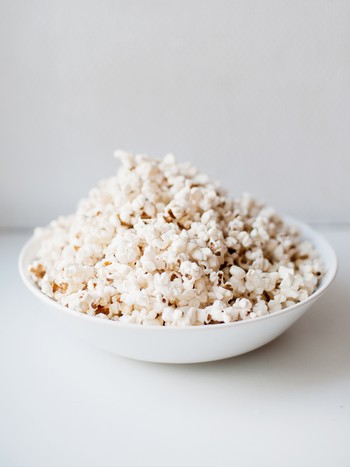
STOCKSY/LYUBA BURAKOVA
Shop The Experts' Hero Products
DISCLAIMER: Features published by SheerLuxe are not intended to treat, diagnose, cure or prevent any disease. Always seek the advice of your GP or another qualified healthcare provider for any questions you have regarding a medical condition, and before undertaking any diet, exercise or other health-related programme.
DISCLAIMER: We endeavour to always credit the correct original source of every image we use. If you think a credit may be incorrect, please contact us at info@sheerluxe.com.

